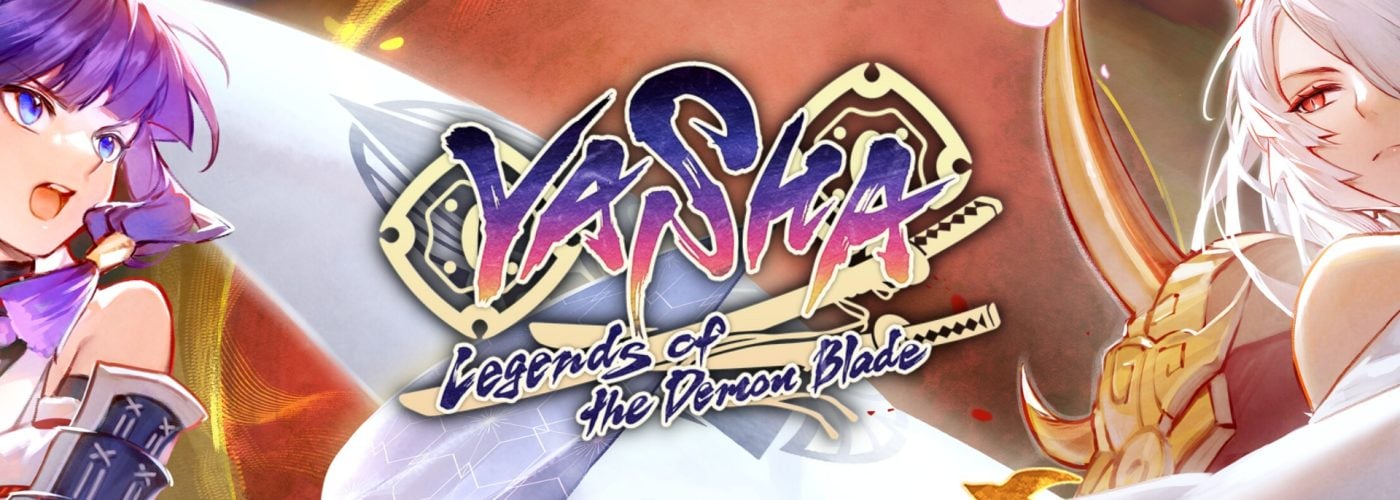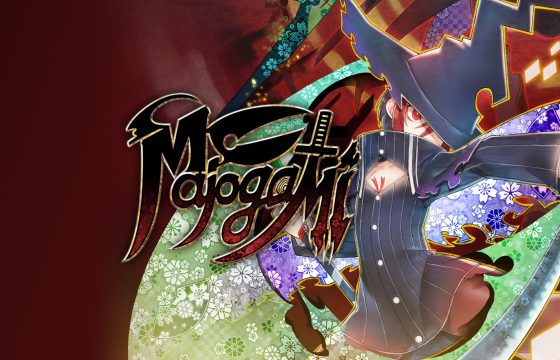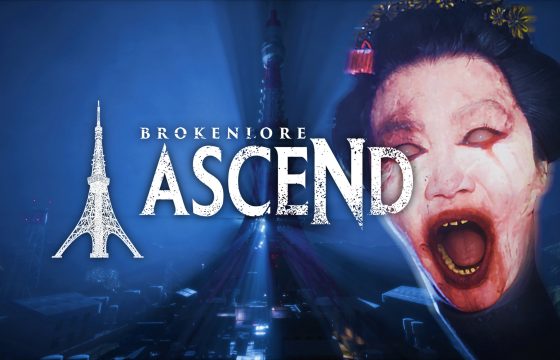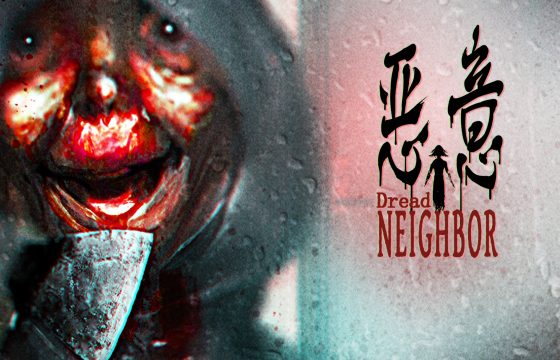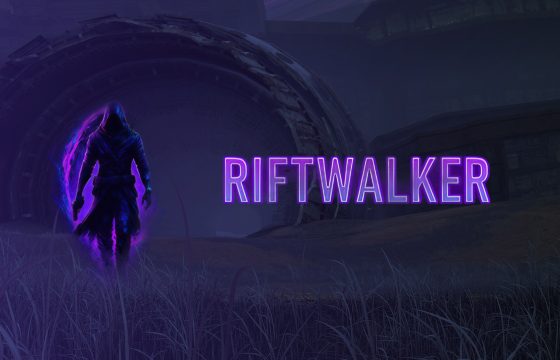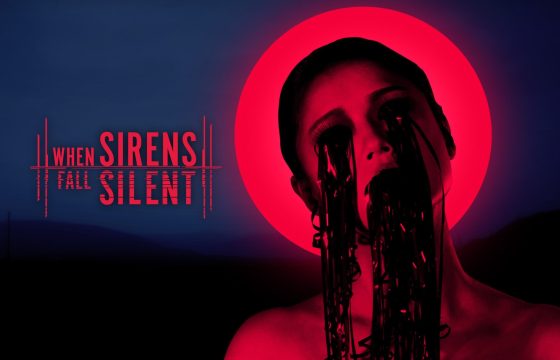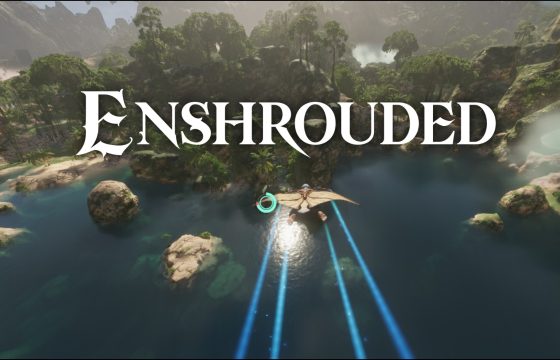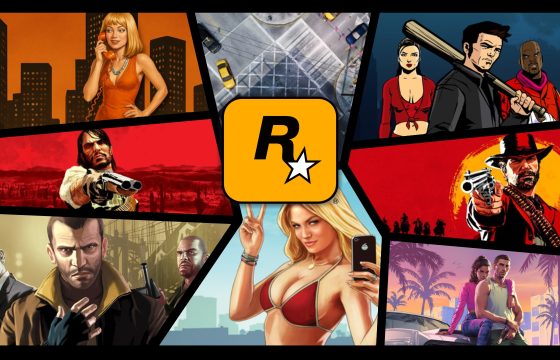Yasha: Legends of the Demon Blade presents itself as an interesting Action RPG with roguelite elements. Set in the Edo era, we will experience the stories of the 3 protagonists, all connected by the recovery of the Demon Blades and the looming threat of a powerful enemy.
7QUARK, after having won numerous awards with Yasha: Legends of the Demon Blade, stands as the author of one of the most promising games on the indie scene.
Surely the first thing that attracts me about the game is the style inspired by feudal Japan. All enriched with mythology and the essential fantasy element.
Set in the Edo era: after 300 years of delicate balance between humans and demons, peace seems compromised. Despite the difficulties in maintaining a balance, the factions attempted to maintain the peace achieved at great cost. This balance was shattered when the ruler of all demons, the Nine-Tailed Fox, began wreaking havoc on the mortal realm.
Although the technical level is not at the top, the glance and attention to some details is truly remarkable. Clear animations and truly engaging gameplay speed make gameplay fast and fun. Furthermore, some gameplay choices help variety and replayability, such as gameplay variations due to the choice between 3 characters.
Let’s start first with the basic gameplay that we see in this demo.
Gameplay and Mechanics
Yasha: Legends of the Demon Blade is an action RPG with roguelite elements and features interesting mechanics.
Each character has a light attack combo and a heavy attack combo. The execution of these also depends on the character chosen, but there are always 2.
Each character starts with 2 dashes available. They can be used both to avoid hits and to supplement certain attacks.
Be careful because the dashes have a recharge time, so if spammed we may not have them when we really need them.
All characters have a special attack called Mystic Artes.
Using this art while the opponent exudes a yellow aura allows for a perfect parry. This parry activates Mystic Artes which allows for a higher damage attack.
Furthermore, if we keep the Mystic Artes attack loaded, we get the Grand Mystic Artes. This too, performed at the right time, leads to a stronger attack involving a larger area.
Mystic Artes is also the mode with which we will do the most damage to bosses, but I’ll talk about that later.
Roguelite element and Power Up mechanics in Yasha
Having covered the action part of Yasha: Legends of the Demon Blade, now let’s deal with the roguelite part.
Each defeated enemy drops coins and fragments: both useful for buying items and upgrades for the character. Once all the enemies have been defeated we will receive an Orb and then we will be able to access a sanctuary.
Orbs allow us to acquire weapon techniques, with the classic choice between 3 techniques. The sanctuary can give us more fragments, coins and some minor healing. If we’re lucky, a big cat will appear and drop materials in large quantities. I happened to have the cat drop a talisman that gave us a choice between blessed and forbidden: the first with very strong defensive bonuses, the second with huge damage bonuses but sacrificing life or taking more damage.
The game, although simple, is not so rich in healing drops. Suffering too much damage in the stages means arriving at the bosses with few life points and with the probability of being defeated.
Once this has happened we find ourselves in a sanctuary surrounded by nothingness with a flame. By interacting with it we can use the fragments to enhance both the standard characteristics and the peculiar ones of the protagonist. Obviously only these upgrades will remain while those obtained in the game will disappear.
Be careful because these fragments also serve to upgrade the Demon Blades, so be careful how you spend them!



Stage Structure and Hubs
From what we saw in the demo, all 3 characters, despite different backgrounds and stories, will have the same path to follow. Two stages where enemies spawn and a boss area.
We start with the village, where by continuing with the missions and obtaining some specific materials, we will unlock the blacksmith. This creature, in exchange for materials dropped by the bosses, will unlock new weapons to use and their upgrades.
Once past the village there is the classic training area where you can try out new weapons.
After each boss we find ourselves in the Demon Festival area, a hub that slowly fills with merchants, curators and areas where you can eat recipes with ingredients collected in game that will provide benefits for the game.
Here we can also buy new techniques, skills and talismans in exchange for coins. Plus we can access time Challenges.
Once the characteristics to improve have been chosen, the sanctuary will take us back to the village to start a new game.
The 3 Boss Fights
In the Yasha: Legends of the Demon Blade demo we have 3 bosses. They are well readable, with different phases and their gimmicks. The Mystic Artes are instrumental in their defeat. In fact, unlike normal enemies, we should make them have a yellow aura in order to activate the most powerful shots.
As already mentioned, each boss has a very specific way to be brought into that condition, it will be up to us to understand the gimmick, use it and in the meantime avoid their attacks.
They aren’t very difficult, especially the first one which is basically a tutorial boss. The other 2, however, are more complex although, once you have learned the patterns, they are definitely manageable.
Obviously if the roguelite element is on our side, it will be easier to achieve victory.
These demons are the bearers of the upgrades that serve to unlock and enhance the Demon Blades. Furthermore, once defeated they will have a line of dialogue and unique cut scenes for each character, thus moving the story forward.


The 3 Heroes to Choose
Yasha: Legends of the Demon Blade has an interesting peculiarity. We can live the adventure in the shoes of 3 different characters.
Each has its own weapon, moveset, combos and synergies.
Furthermore, each character can carry two weapons at the same time, unlocking unique synergies between them.
Let’s start listing them.
Shigure
A ninja with a katana, heir to the legendary warrior who caused the Blood Moon. Carrying two weapons means knowing how to alternate them, creating synergies. Character with a good light and heavy attack, whose strength is the synergy between the change between the two katanas. Perhaps the most balanced of the 3 characters.
Sara
Don’t let the name fool you. Sara is the emissary of the world of Yomi. A creature that uses dual weapons and, unlike others, does not change the weapon but intensifies its power with the secondary weapon. Character who seems to be focused on crits and mobility due to the dual blades.
Taketora
Perhaps he is the most tactical of warriors. An army general who uses strategy as a weapon in the field. He uses a bow that alternates with really effective melee attacks. The most “static” but also the strongest if used tactically together with foods and skills.



My Two Cents
Yasha: Legends of the Demon Blade really caught my attention. Even though it has similar mechanics for the 3 characters, it found some interesting variations. Everyone experiences their progression and the development of their weapons differently. The way they synergize weapons makes each character unique. Knowing how to exploit the upgrades of each weapon/character makes you understand the game and appreciate it.
To be honest, after studying the movesets, the game is not difficult. I hope it is implemented without artificial difficulty spikes.
I’m really curious how they will implement these techniques, along with the story which is certainly fascinating.
What to say: the only “negative” thing is that Yasha: Legends of the Demon Blade has been postponed to May 15, 2025.
I’m not worried because the base is solid.
I hope the product we expect comes out.
Try the demo on STEAM.

